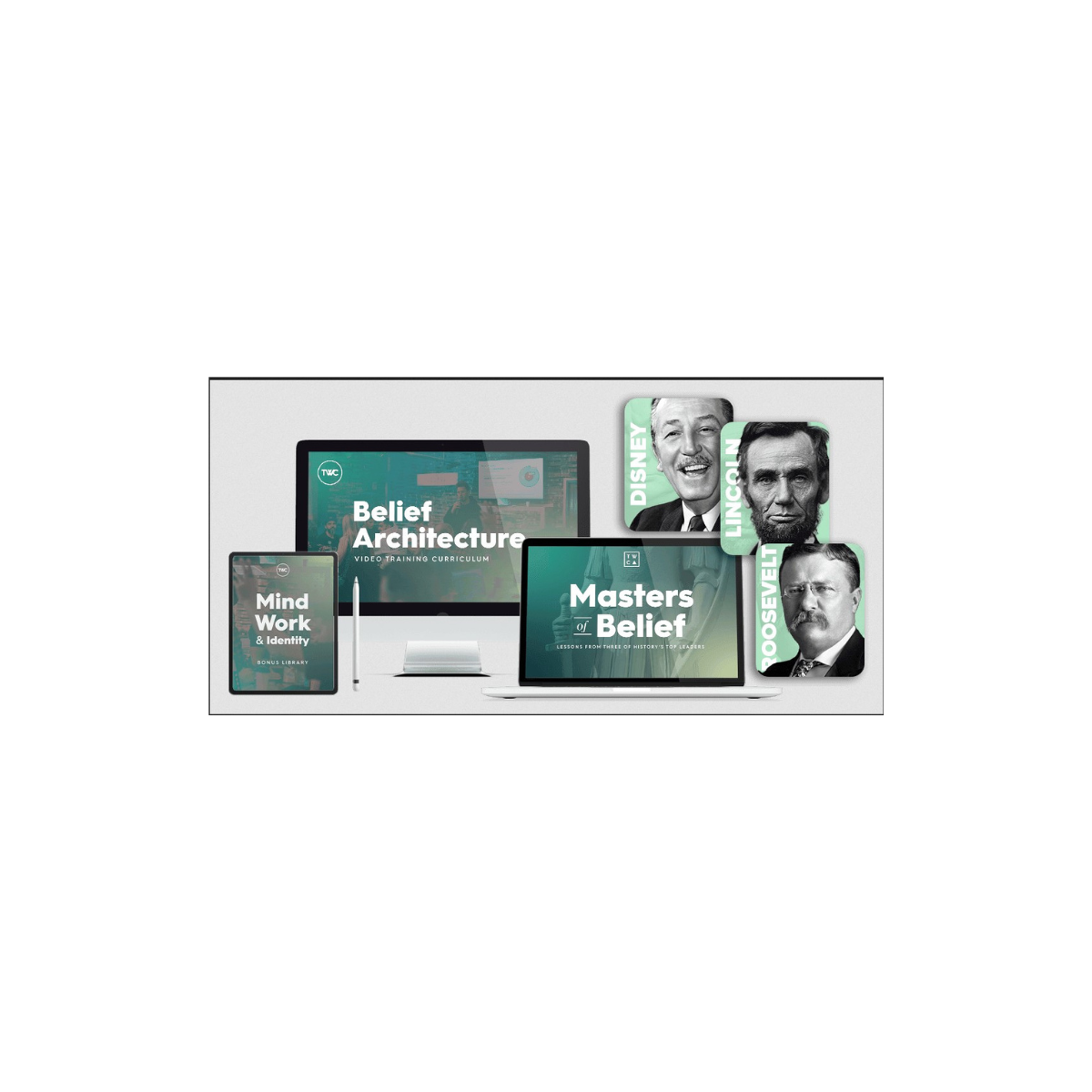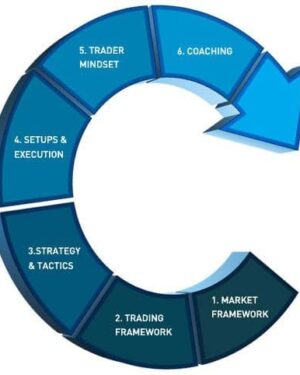Taylor Welch – Belief Architecture
Original price was: $997.00.$55.00Current price is: $55.00.
Description
The Authority of Belief: How Taylor Welch’s Architectural Approach Might Change Your Life
Proofs
There are many approaches and ideas in the large field of personal development and self-improvement that would help you to lead a better life. One such interesting method is Belief Architecture by Taylor Welch. Taylor Welch says we may drastically change the path of our life by knowing and reorganising our ideas. But truly, how effective is this practice? Let’s probe the depths of belief architecture, breaking apart its ideas, uses, and transforming power.
Architectural Belief:
According to Taylor Welch, belief architecture is a framework for people to recognise, examine, and rebuild their central convictions. It’s about knowing what you believe, why you believe it, and how those ideas define your reality. The theory is that our actions, feelings, and finally our fate are the blueprint derived from our beliefs. Changing these blueprints can help us reach notable personal success and development.
The Origin of Architectural Belief
After years of study on the human psyche and working with thousands of clients, renowned motivational speaker and personal development coach Taylor Welch created belief architecture. His intention was to design a system that anybody could quickly embrace and provide doable actions for significant transformation.
The Elements of Belief Architecture
One-size-fits-all solutions are not found in belief architecture. It comprises various fundamental ideas and phases meant to enable you to explore your mind more deeply and change your world.
1. Identifying Restricted Views
Finding the limiting ideas that hold you back comes first in belief architecture. These are the deeply rooted ideas and presumptions about the world and you that limit your possibilities. Common limiting ideas include, for example, thinking you’re not good enough or that success is out of your grasp.
Common Forms of Restricted Beliefs
Self-doubt: Inappropriate or inferiority complexes
An all-consuming dread of failure keeps one from ever daring.
Fixed Mindset: The conviction that intellect and skills are fixed, unchanging.
2. Difficulties and Shifting Views
Once you have recognised these constrictive ideas, you should question and substitute other ones. This entails challenging the veracity of existing ideas and weighing fresh, more powerful options. For instance, you can come to believe “I can learn and grow to achieve my goals,” rather than “I’m not smart enough to succeed.”
3. Strengthening favourable ideas
Changing beliefs need for constant reinforcement; it is not a one-time project. One may do this using many approaches, including positive self-talk, visualisation, and affirmations. Here you want to ingrain these fresh, inspiring ideas into your subconscious mind so they become your new default way of thinking.
Effect of Belief Architecture
Many studies have demonstrated that our behaviour and results are much influenced by our ideas. For example, research by Stanford psychologist Carol Dweck found that people with a growth mindset—the belief that skills may be increased by commitment and hard work—performed better and attained more than those with a fixed mentality.
Successful Narratives
Real-life success stories help to best show the effect of belief architecture. From businesspeople to regular people, Taylor Welch’s clients—who range in age—have experienced significant changes in their life after his techniques. Their money has grown; their relationships have improved; and their general pleasure and contentment have clearly risen.
statistical evidence
Let us view this in light of certain statistics. A National Science Foundation research estimate estimates that each day the typical human generates between 12,000 and 60,000 ideas. Of those ideas, ninety-five percent are repetitious and eighty percent are negative. Methodically shifting these negative ideas will help belief architecture flip this statistic and promote a more optimistic and efficient attitude.
Using Belief Architecture in Everyday Life
Daily Habits and Customs
Using belief architecture in everyday life is organising activities and rituals meant to support favourable ideas. Morning affirmations, journaling, contemplative techniques, or even participating in intellectually demanding courses might help one achieve this.
Morning Ritual Example
Start your morning with five upbeat affirmations.
Spend five minutes imagining your objectives and the actions to get at them.
Practice 10 minutes of mindfulness or meditation to help you to centre yourself.
Steering Clear of Common Errors
Though the idea of belief architecture is simple, one may easily get into several pitfalls. One typical mistake is expecting instant gratification. Changing strongly rooted ideas takes time; hence, patience is very important. Maintaining consistency is another challenge. Making permanent improvements requires consistent practice and reinforcement.
Use Support Systems
Using belief architecture makes building a support system very beneficial. This may be looking for a coach like Taylor Welch, hanging out with similar-minded people, or just keeping good influences around.
Ultimately, start with Taylor Welch’s Belief Architecture to
One very effective technique that may drastically change your life is belief architecture. Your potential will be released, and your objectives will be reached by spotting and changing your basic beliefs. It’s not just about thinking positively; it’s about laying a strong basis of powerful ideas that advance your goals.
If you are ready to begin your road towards personal development, keep researching Taylor Welch’s belief architecture. Starting with a dedication to self-awareness and development, use the daily routines we have covered. With time and effort, you will start to view the world—and your part in it—from a different perspective.
Visit Taylor Welch’s website to get more direction and ideas; think about enrolling in a belief architecture course. Explore this transforming habit more closely and learn how to create a fresh belief system that drives you towards your goals. Recall that the road to personal development is an ongoing one; each step you take advances the life you have always imagined. Accept the ability of belief architecture and see as your environment changes!




